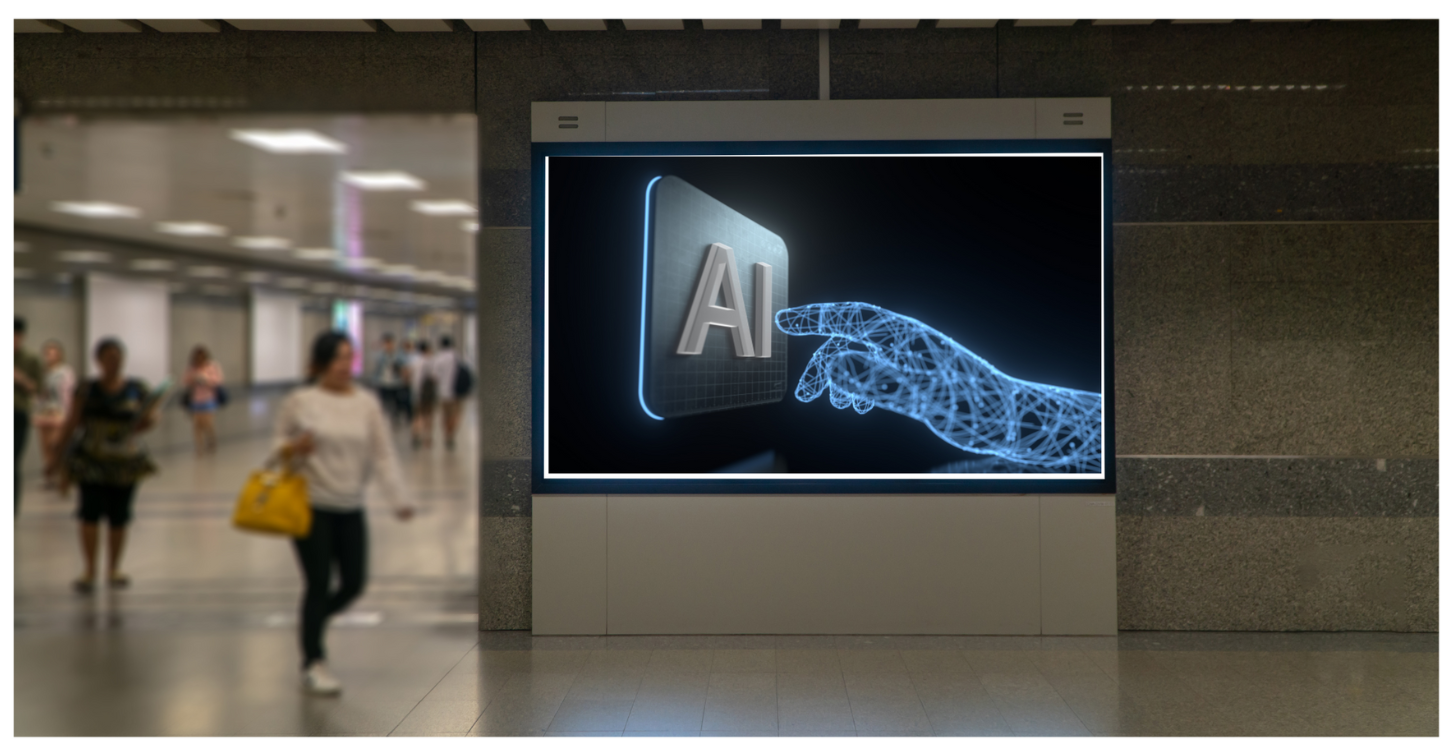By: Praveen Shastri

Having spent nearly seven years in the ad tech industry, I've witnessed first-hand the remarkable transformation of digital advertising. What started as static displays has evolved into a dynamic landscape, now heavily influenced by AI. Over the years, I've seen how advertising has shifted from merely eye-catching visuals to a nuanced understanding of consumer behaviour and personalized targeting.
At Rakuten, ads play a crucial role, contributing significantly to our overall success. To ensure every dollar spent by our merchants is worthwhile, we continuously explore and innovate, pushing the boundaries of advertising.
Through numerous experiments, we've achieved great success and valuable learnings. Allow me to share some insights into the AI use cases we've implemented in our ad products.
- Data Driven Insights: Through AI-powered analytics, we acquire invaluable insights into consumer preferences, behaviour patterns, and purchasing habits. For example, by analyzing data from sources such as browsing history, past purchases, and demographic information, we can identify trends and preferences among our target audience. This enables us to tailor campaigns effectively, promoting specific products or offers to users who have shown interest in similar items in the past. Additionally, by understanding the browsing behaviour of our audience, we can optimize ad placement and timing for maximum impact.
- Hyper Personalization: The era of one-size-fits-all advertising is long gone. Even legacy display ads are now leveraging AI. We've transitioned from generic display ads to targeted displays, allowing us to craft highly personalized ads tailored to individual preferences, demographics, and browsing history. For instance, if a user has previously browsed for running shoes, we can display ads featuring similar products or related accessories, increasing the likelihood of engagement and conversion. By delivering the right message to the right person at the right time, we can significantly boost engagement and conversion rates.
- Predictive Advertising: AI algorithms can analyze historical data to predict future trends and consumer behaviour. This enables us to anticipate market shifts, identify emerging opportunities, and adjust our strategies accordingly. We have conducted numerous Proof of Concepts (POCs) to validate these trends, and some of our current ad products are a direct result of this research and experimentation. By staying ahead of the curve, we can gain a competitive edge in a rapidly evolving marketplace.
- Automated Campaign Optimization: Numerous ad products in our portfolio utilize machine learning algorithms to optimize campaigns in real-time. These algorithms autonomously adjust bidding strategies, ad placements, and targeting parameters to maximize ROI and achieve campaign objectives. For example, if certain keywords or ad placements consistently yield higher engagement rates, the algorithms will allocate more resources to those areas to enhance performance.
- Enhanced(Endless??) Creativity: AI is not solely about crunching numbers; it's also about unleashing creativity. AI tools have the capability to generate personalized content, designs, and creatives, and even craft compelling copy. For instance, AI-powered platforms can analyze consumer data to create highly tailored advertisements that resonate with specific audience segments. Additionally, AI can assist in designing visually appealing graphics and layouts for ads, ensuring they effectively capture attention. Moreover, AI-driven natural language processing can generate persuasive ad copy tailored to the preferences and interests of target demographics. By embracing collaboration with AI, advertisers can explore new possibilities and redefine the boundaries of creativity in advertising.
- Ad Operations Automation: AI is also aiding us in intelligent automation, particularly in our ad operations (Ad ops). For example, in the case of display/banner ads, we must adhere to various guidelines, including regulatory and ethical standards. By implementing AI-driven creative review processes, we streamline this compliance process. AI algorithms analyze ad content to ensure alignment with regulations and ethical standards. For instance, AI can flag any content that may violate advertising laws or industry guidelines, such as misleading claims or inappropriate imagery. This ensures that our ad content consistently meets regulatory requirements and upholds ethical standards, mitigating the risk of potential penalties or reputational damage.
In conclusion, AI is massively helping us in data analysis, personalization, prediction, creativity, and automation. Embracing AI will not only keep us ahead of the competition but also deliver more relevant and meaningful experiences to our audience. As technology continues to advance, the future of advertising looks brighter than ever with AI leading the way.





